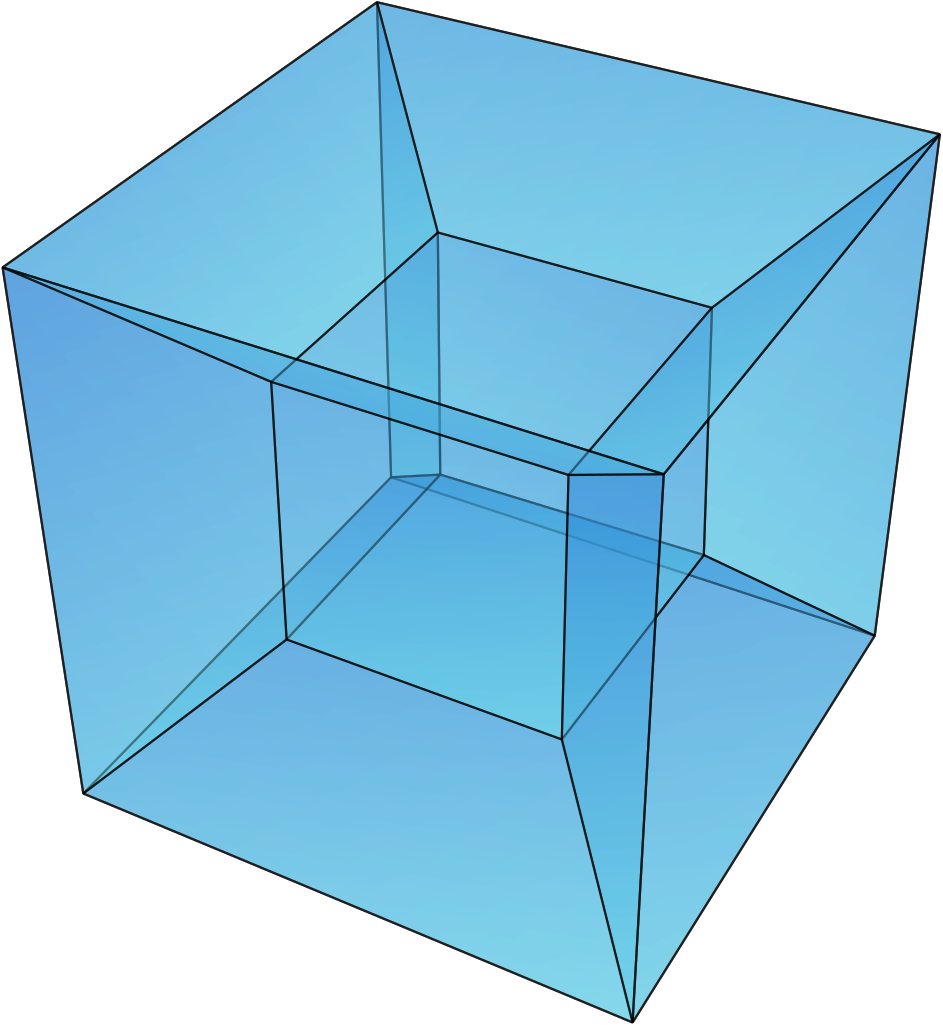Volumes and Areas form a subsection of the chapter we know as mensuration. In this section, we will recall and introduce formulae that will help us obtain the areas of some known geometrical figures. We will also see how these formulae can be applied to check the aptitude and reasoning.
Suggested Videos
Volumes And Areas
1. Square
Area = S²
Perimeter = 4s
s = length of the sides, d = length of diagonal.
Browse more Topics under Mensuration
- Results on Triangles
- Results on Quadrilaterals
- Cylinder, Cone and Sphere
- Data Sufficiency
- Mensuration Practice Questions
2. Rectangle
Area = base x height = b x h
Perimeter = 2 (b + h)
3. Triangle
Area = ½ x base x height
Perimeter = x + y + z ( summation of three sides of a triangle)
4. Rhombus
Area = ½ x product of the diagonals between the sides * sine of the angle between the sides
Perimeter = 4 x side (any side)
Diagonal = 2 x area / diagonal

5. Parallelogram
Area = product of any two sides x sine of the included angle
Perimeter = 2 (a + b) (a and b are the two adjacent sides)
6. Trapezium
Area = ½ × sum of the parallel sides × height.
Volume
The magnitude or capacity of a solid space like a cube, cylinder, etc is known as the volume of that solid.
Different solids and their volumes:
1. Cube
In a cube, length = breadth = height = s
The surface area of a cube = 6s²
The volume of a cube = S³
Diagonal of a cube = √3 s
2. Cuboid
Total surface area of a cuboid: 2 (lb + bh + lh)
The volume of a cuboid: lbh
3. Cylinder
Curved surface area of a cylinder: 2 πrh( r = radius of the base, h = height)
Total surface area of a right circular cylinder = 2 πrh + 2 πr²
The volume of the right circular cylinder: πr²h
4. Cone
Curved surface area of a cone: pirl (l is the slant height)
Total surface area of a cone: πrl + πr²
The volume of a cone: 1/3 πr²h
5. Sphere
The surface area of a sphere: 4 πr²
The volume of a sphere: 4/3 πr³
A half sphere is known as a hemisphere.
6. Hemisphere
Curved surface area of a hemisphere: 3 πr2
Total surface area of a hemisphere: 3 πr2
The volume of a hemisphere: 2/3 πr3
Examples Based on Area
Q. What must be the side of an equilateral triangle so that so that its area may be equal to the area of an isosceles triangle with the base and equal sides as 12 m and 10 m respectively?
A. 9m B. 10m C.10.5m D.11.5m
Ans: This question can be easily solved if you know the formula for the area of an isosceles triangle.
Area of an isosceles triangle = b/4(4a² – b²)^½
= 12/4(4 x 10^2 – 12^2)^1/2
= 3 x 16 = 48m^2.
Now as per the given problem area of equilateral triangle = 48m^2
Therefore √3/4(a2) = 48 => a = 10.5m.
Hence the required side of the equilateral triangle = 10.5m. Thus C is the correct answer.
Q. The length of the floor if a rectangle hall is 10 m more than its breadth. If 34 carpets of size 6 × 4m are required to cover the floor of the hall, then find the length and breadth of the hall.
A. 24, 24m B. 24, 34m C. 22, 32m D. 34, 34m
Ans: Let breadth = b then length = b + 10m.
Floor area of the rectangle hall = A = length × breadth = b × (b + 10)
Also area of each carpet = 6 × 4m and 34 pieces are required to cover the floor
Therefore area of hall = 34 × 6 × 4
b × (b + 10) = 34 × 24
Therefore b = 24 m and length = b + 10 = 34m. Thus B is the correct answer.
Examples Based on Volume
Q. Find the volume and the surface area of the sphere of radius 6.3cm.
Volume of the sphere = 4/3πr³ = 4/3 x 22/7 x 6.3 x 6.3 x 6.3 = 1047.82 cm²
Total surface area of the sphere = 4 πr³ = 4 x 22/7 x 6.3 x 6.3 = 498.96 cm²
Practice Questions
Q. The cost of carpeting a room 15m long with a carpet 75cm wide at 30paise per meter is Rs. 36. Find the width of the room.
A.6m B. 8m C. 1om D. 9m
The correct answer is A.
Q. The area of the right-angled triangle is 30 cm² and the length of the hypotenuse is 13 cm. Find the length of the shorter leg.
A. 3cm B. 4cm C. 5cm D. 7 cm
The correct answer is C.
Q. The volume of the sphere is 38808 cm³, find the curved surface area of the sphere.
A. 5202 cm³ B. 5544 cm³ C. 5562 cm³ D. 5542 cm³
The correct answer is B.
Q. The radii of two cylinders are in the ratio of 2:3 and their heights are in the ratio 5:3. Find the ratio of their curved surface area.
A. 10:9 B. 10:11 C. 9:10 D. 9:11
The correct answer is B.






Leave a Reply